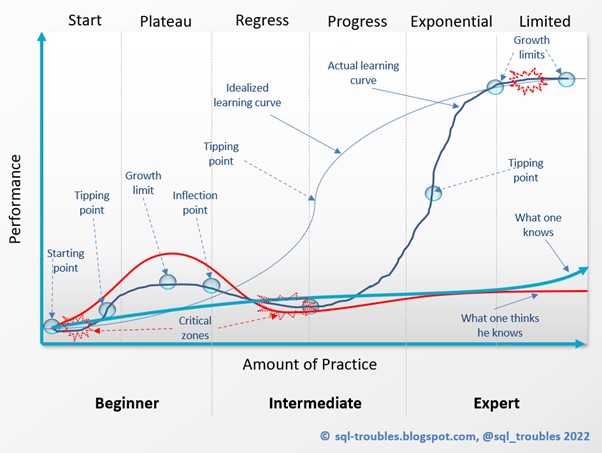 |
| ERP Implementations Series |
When starting an ERP implementation project an organization needs to fill the existing knowledge gaps in respect to whatever it takes to achieve the goals associated with the respective project. Therefore, it makes sense to work with a implementer that can help cover the gaps directly or indirectly. Moreover, it makes sense to establish a long-term relationship that would allow to harness ERP system’s capabilities after project’s end, increase the ROI and, why not, find other areas of cooperation. It’s in theory what a partner does, and a strategic technology partnership is about – providing any kind of technological expertise the customer doesn't have in-house.
Unfortunately, from being a ‘service provider’ to becoming a ‘partner’ is a challenging road for many organizations, especially when this type of relationship is not understood and managed accordingly. Partnership’s management may resume in defining common goals, principles, values and processes, establishing a communication strategy and a common understanding of the challenges and the steps ahead, providing visibility into the cost estimates, billing, resources’ availability and utilization. Addressing these aspects would offer a framework on which the partnerships can nourish. Without considering these topics, the implementer remains just a 'service provider', no matter of the names used to characterize the relationship.
Now, the use of the word ‘partner’ would make someone think that only one partner is considered, typically a big to middle-sized organization that would have this kind of resources. The main reason behind this reasoning is that the number of functional areas and volume of skillset required for filling the requirements of an implementation are high compared with other projects, the resources needing to be available on-demand without affecting the other constraints: costs, quality, time. This can be challenging, therefore can be met scenarios in which two or more external organizations are involved in the partnership, ideally organizations that complement each other.
It is common in ERP implementations to appeal also to individual consultants for specific areas or the whole project. The principles and values of a partnership, as well the framework behind, can be applied to individual consultants as well. Independently of resources’ provenience more important is the partnership ‘mindset’ - being together in the same boat, working together on a shared and understood strategy, with clear goals and objectives.
Moreover, the people participating in the project must have a ‘partner's mindset’ as well. Without this, the project will likely get different impulses in the wrong direction(s), as a group’s interests will take priority over the ones of the organization. Ideally, this mindset should extend to the whole organization as topics like Data Quality and Process Improvement must be an organization’s effort, deeply imprinted in organization’s culture.
More like ever, it’s important for the business to see and treat the IT department as a ‘partner’ and not as a ‘service provider’ by providing the needed level of transparency in requirements, issues, practices and processes, by treating the IT department as equal party in the decision-making and addressing its current and future strategical requirements. Ideally, this partnership should happen long before the implementation starts, given that it takes time for mentalities and practices to change, for knowledge to be acquired and used appropriately.
Building a partnership takes time, effort and strategic thinking, this on top of the actual implementation, increasing thus the overall complexity, at least at the beginning. Does it pay off? Like in a marriage, it’s useful to have somebody you can trust, who knows you, whom you can rely upon, and talk with to find solutions. However, only time will tell whether such expectations are met and kept till the end.


